One Month After The Freeze
It’s hard to believe that it has only been four weeks since Winter Storm Uri graced us with frigid temperatures, ice and snow. We have already had so many warm days that it truly feels like spring!
Our landscapes are once again showing signs of new growth. Live Oak trees are pushing out catkins which will be full of pollen soon, and tiny oak leaves are beginning to show.
Many of our native plants are putting out new leaves. Texas Persimmon, Agarita, and Mexican Buckeye are just a few.
Texas Sage may be putting out tiny leaves in your yard. If the plants are large and straggly, you may consider pruning them back hard right now. They will regrow from stumps fairly quickly and will look better than if you just let them leaf-out as they are. Younger plants may be lightly shaped now.
Some trees/shrubs may show bark splitting, like this Anacacho Orchid tree. Trunks like this should be removed. They will not recover.
Sago palm fronds may also be removed now. Remember, it could be summer before they show signs of new growth. Or not. There is no good time frame for these to come back, so be patient or replace them now.
Rake leaves from lawns so that sunlight can get to the crowns of the grass. St. Augustine will likely be the hardest hit. If lawns were not healthy or well-established going into the freeze, you may have areas that need to be replaced. Fertilize lawns with MicroLife fertilizer as soon as they have greened up a bit. It contains beneficial microorganisms and mycorrhizal fungi that will assist the roots in the uptake of water and nutrients.
I have been asked if Ball Moss was affected by the freeze, and I can assure you that it was not! And if you didn’t notice, neither were the weeds in our lawns!
Speaking of lawns, it is best to avoid using chemicals on them this season. Organic fertilizer like MicroLife will help the roots and crowns recover, but pre- or post-emergent herbicides or use of chemical insecticides will not. If you must spot spray weeds, the best application is a “burn-back”. It will not kill the roots, but if you repeatedly “burn-back” the foliage, the roots will not survive. Spray new growth as it emerges and repeat as necessary. Here is the recipe:
1 gallon 20% Horticultural Vinegar
2 tablespoons Orange Oil
2 tablespoons Dawn dishwashing liquid.
Hopefully, most of you are seeing signs of life in your landscape. More updates to follow.

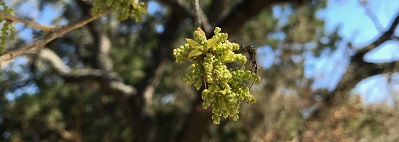
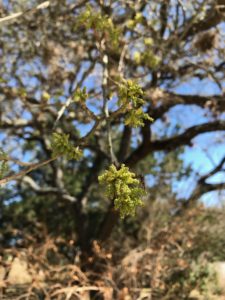

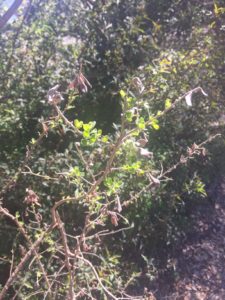

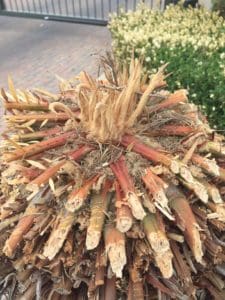

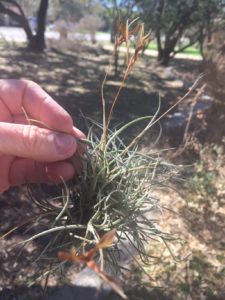
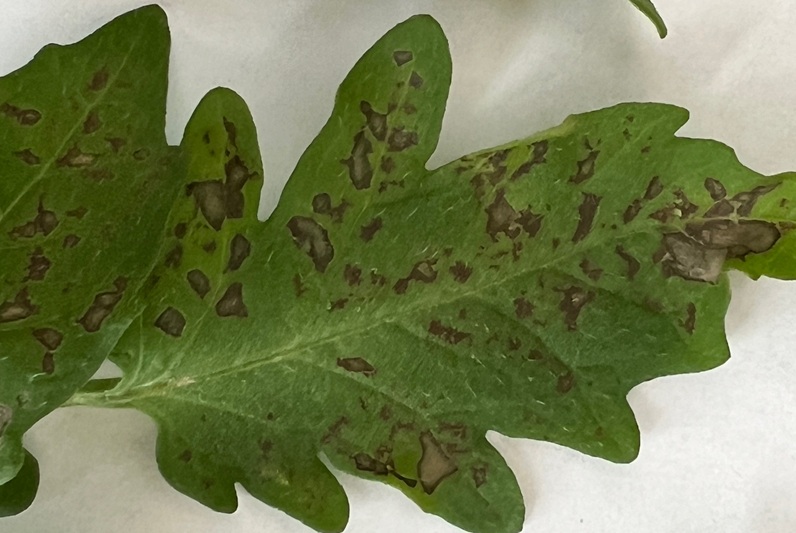
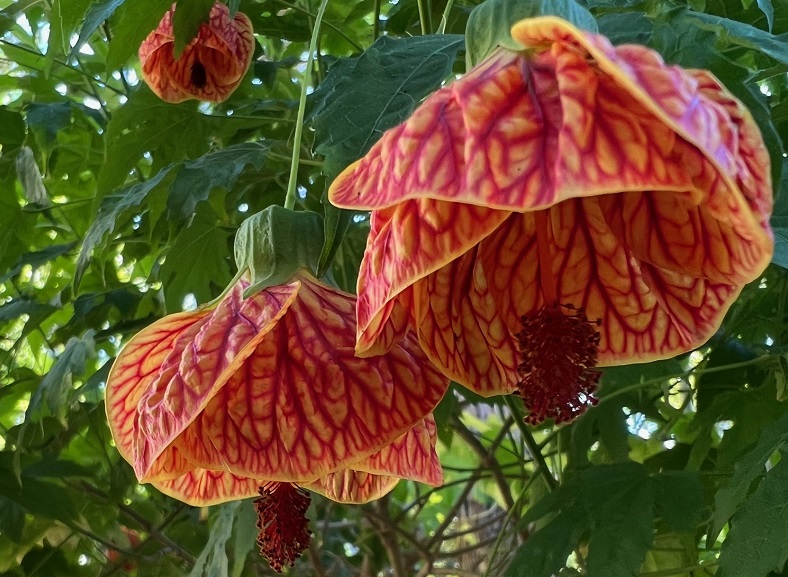
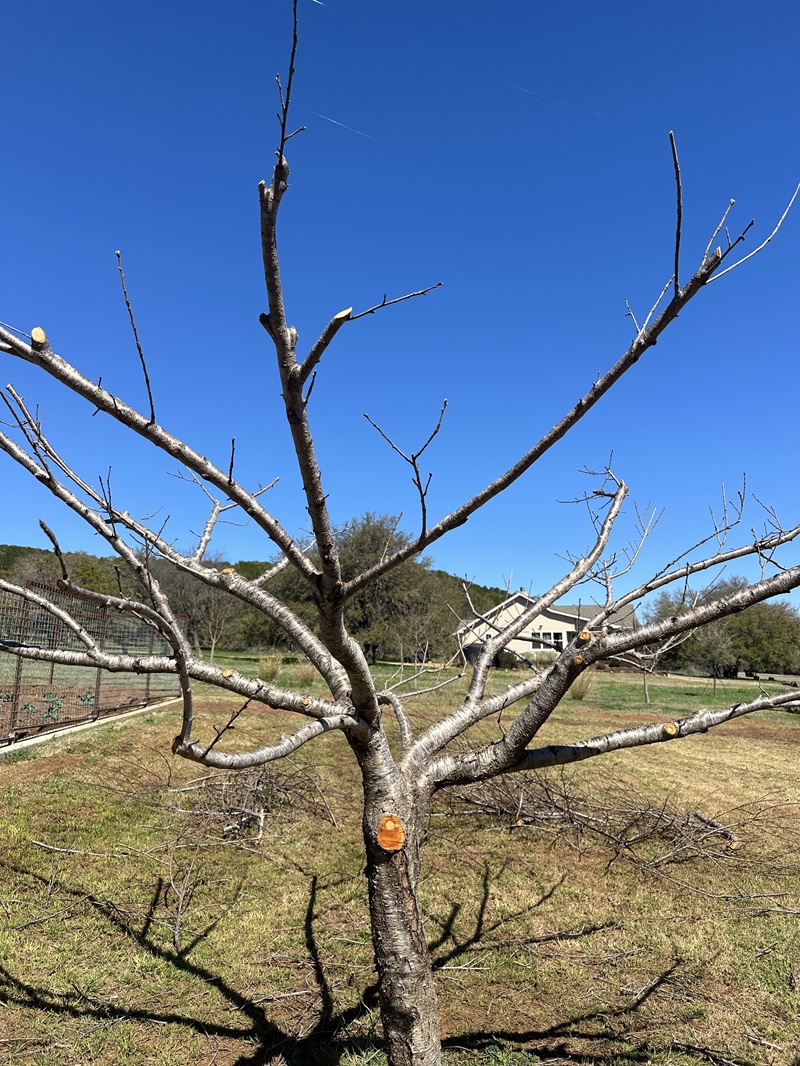
Hi Mary Kay! I so appreciate all the support and info you share. I have a question about my (long row of) Star Jasmine that I planted 4 yrs ago. The frost seems to have killed all the stems above 1-2” from the ground. But the base of the plants scratch to reveal green and are actually having little sprouts! The upper stems are split and scratch reveals no green. Should I go ahead and cut all the stems off right above the green stumps? Or is there some reason to wait? If I cut them, should I just make a flat cut at the base of each stem?
Also, should I soon put down organic compost and then mulch? Do they need a lot of water now? Thank you so much for your time and help! Marca C.
I have a big 12 foot fan palm next to my house. All fan leaves are damaged from the freeze. However, the stalks are green 6 to 8 inches out from the trunk. It is OK to cut off the dead section are up to green stalk area? D
Yes, it is ok to remove any brown dead parts.